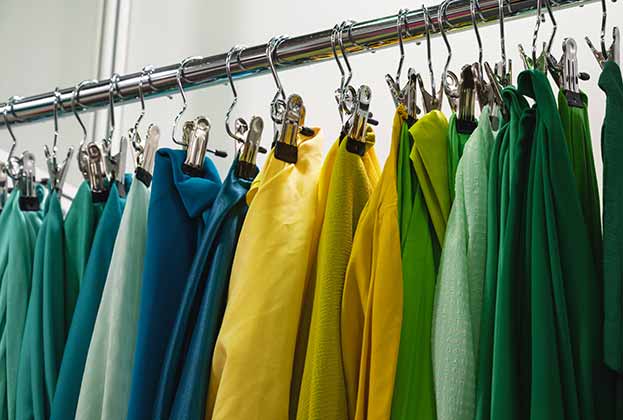Over the last 20 years, out-of-town retail parks have reinvented themselves significantly as a result of changing consumer habits, challenging economic climates and shifting dynamics in the retail sector.
Driven by a need to remain current and compete with these ongoing pressures, retail parks have looked to increase customer dwell time, entice a more diverse customer base and offer a more varied assortment of amenities. This has resulted in an evolution from their original form of large box units focussed on ‘bulky goods’ stores and supermarkets to an offer that incorporates a blend of different types of retail, leisure and food and beverage outlets.
The main draw of the first generation retail parks was the ability for supermarkets, furniture and DIY retailers to offer customers a substantial product base with ample car parking close to main arterial routes. Shoppers could spend time considering their purchase of these ‘larger’ items, such as a new sofa or kitchen, and retailers could utilise the larger (and cheaper) floorspace to sell a more diverse range of products.
The rise of internet shopping in the late 1990s saw retail parks become less popular, though if shoppers wanted to browse all day then shopping centres had the advantage as the mix of leisure and retail enabled families to enjoy the day out.
The response from retail parks landlords was to use the historic unrestricted planning consents to diversify their tenant mix. Cue the expansion of fashion brands into the world of out-of-town retail. Established names such as Next, M&S and Arcadia all recognised the appeal of a large trading floorspace (with mezzanines) at cheaper rents than in town/high street locations. The increased space allowed them to display a full range of products under one roof, expanding their customer base.
The introduction of fashion retailers converted retail parks into shopping parks and, as we had already seen in shopping centres, leisure operators such as cinemas, restaurants, drive-throughs and gyms, were keen to get involved in the action. Not only did the inclusion of leisure help to boost footfall and dwell time, but with increased demand came increased rents, providing a further incentive to landlords to mix up their tenant line-up.
The 'rise of food and non-food discounters' in the early 2000s enabled another type of park to evolve. Aldi, Lidl, B&M, Home Bargains and The Range have all been successful at acquiring space vacated by retailers from first generation retail parks who were unable to adapt to modern shopping habits. These retailers have helped to progress parks from weekend only trading to all day every day.
Finally, the traditional furniture/home furnishings schemes have evolved over the last 10 years as the trend for DIY and upgrading homes gained traction, particularly around the time of the financial crisis. Previous internet-only retailers such as Wren Kitchens and Oak Furnitureland took the decision to open physical stores and others followed. Harveys/Bensons, DFS, Sofology and SCS all entered a period of rebranding, creating units more akin to a showroom in order to offer an experience to the customer.
So what’s next for the retail park? Future proofing is key and with consumer habits continuing to change, it is vital for landlords to stay ahead of the curve. A diversified tenant mix, plenty of easy parking and later opening times are all ways in which the retail park will continue to evolve.
Further information
.jpg)
.jpg)



.jpg)




